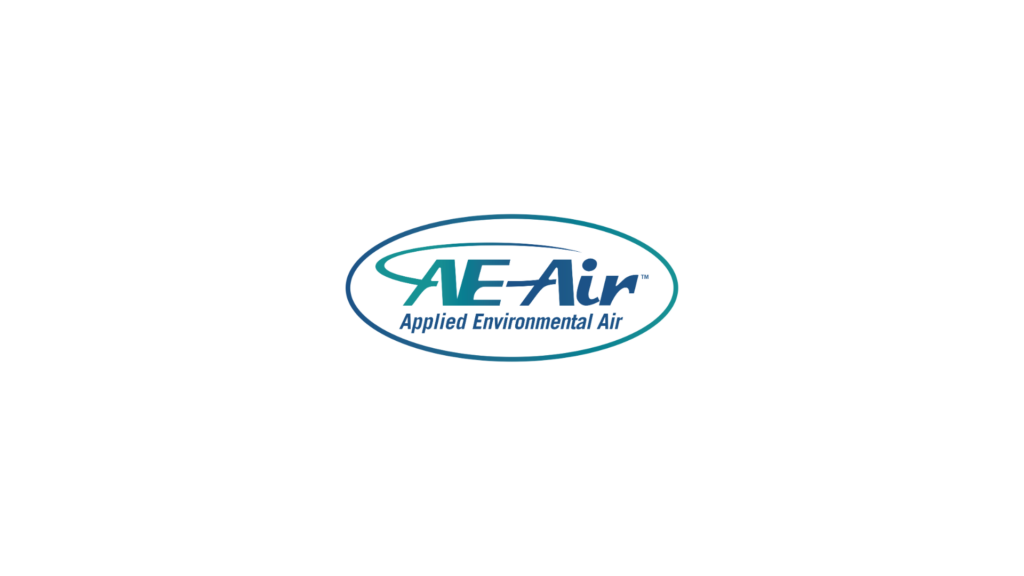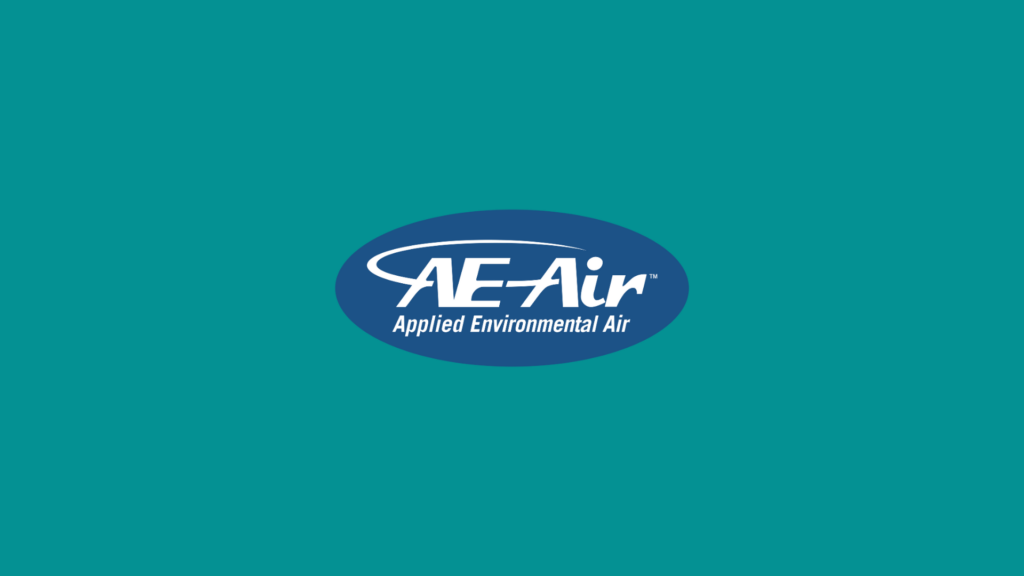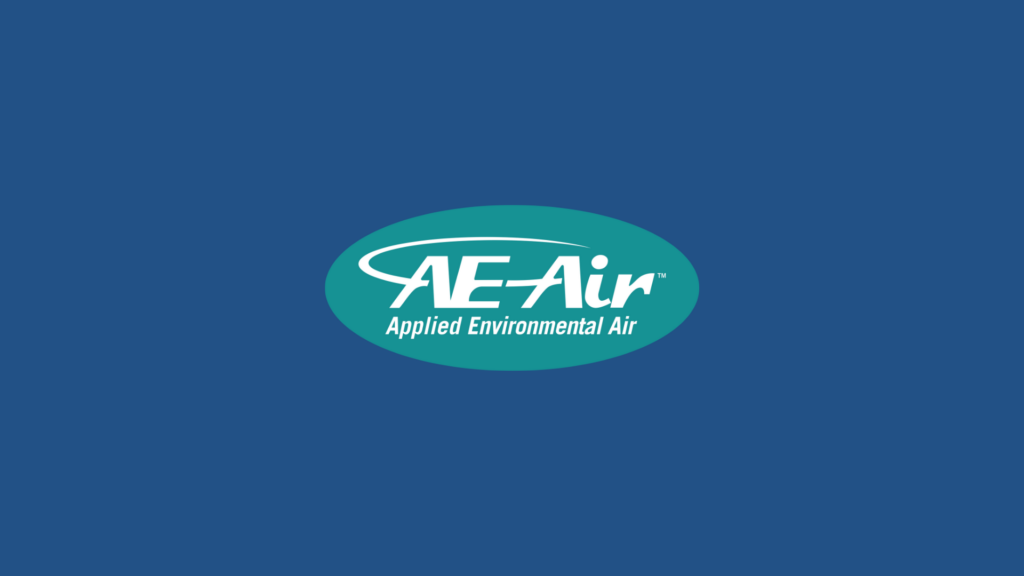Introduction:
HVAC technology has made tremendous strides in recent years, playing a significant role in transforming modern architecture. No longer just a hidden component of buildings, HVAC systems are now being seamlessly integrated into architectural designs to enhance both aesthetics and functionality. Advanced HVAC technologies offer energy-efficient solutions that align with the sleek, minimalist style of contemporary architecture, improving both the environmental footprint and the comfort of modern buildings.
One of the most notable changes is the shift towards sustainable building practices. With a growing emphasis on green construction, architects and engineers are increasingly incorporating HVAC systems that reduce energy consumption and support eco-friendly initiatives. These systems not only meet rigorous environmental standards but also contribute to healthier living and working environments by improving air quality and reducing pollutants.
The advent of smart HVAC technologies further revolutionizes the industry. These systems offer unparalleled control and automation, allowing building occupants to fine-tune their comfort settings with ease. By leveraging cutting-edge sensors and AI-driven controls, smart HVAC systems optimize energy use and respond dynamically to changes in the environment, making modern buildings smarter and more responsive to the needs of their occupants.
We’ll explore how these innovative HVAC technologies are reshaping modern architecture, driving sustainability, boosting functionality, and setting the stage for future developments.
Innovative HVAC Systems in Modern Buildings
Advanced HVAC technologies are transforming how modern buildings are designed and function. These systems are being seamlessly integrated into contemporary architecture, enhancing the overall aesthetics and efficiency of buildings. One way this is achieved is through the use of ductless HVAC systems, which eliminate the need for bulky ductwork and allow for more flexible design options. Architects can now plan open and spacious layouts without worrying about the limitations imposed by traditional HVAC systems.
Modern HVAC systems offer several key features that align perfectly with architectural design. For example, variable refrigerant flow (VRF) systems provide precise temperature control and are easily concealed within the structure, blending into the building’s design without compromising visual appeal. Additionally, these systems can be customized to meet specific heating and cooling needs, providing comfort while maintaining the integrity of the architectural vision.
Another important feature is the integration of HVAC systems with building automation systems (BAS). This allows for seamless control of various building functions, including lighting and security, alongside HVAC operations. The ability to integrate HVAC systems into the overall smart building infrastructure makes modern buildings more energy-efficient and user-friendly. These innovations ensure that HVAC systems are not just functional but also contribute to the aesthetic and operational goals of contemporary architecture.
Sustainable Building Design and HVAC
HVAC technology plays a critical role in supporting eco-friendly and sustainable building practices. One way it does this is by using energy-saving components like high-efficiency compressors and variable-speed fans. These components help reduce the overall energy consumption of the HVAC system, aligning with the goals of sustainable building design.
Here’s a list of ways HVAC technology supports sustainability:
- Energy Recovery Ventilation (ERV): These systems recover energy from exhaust air and use it to pre-condition incoming fresh air, reducing the energy needed to heat or cool it.
- Geothermal Heating and Cooling: This method uses the stable temperatures of the earth to heat and cool buildings, offering a renewable and highly efficient energy source.
- Solar-Powered HVAC Systems: Solar panels can be used to power HVAC systems, drastically cutting down on fossil fuel use and reducing the building’s carbon footprint.
- Smart Thermostats: These devices optimize temperature control, reducing energy consumption by learning user preferences and adjusting settings automatically.
By integrating these technologies, building designs can achieve certification standards like LEED (Leadership in Energy and Environmental Design), confirming their commitment to sustainability. The environmental impact of HVAC systems is significantly minimized, contributing to the overall goal of creating green buildings. Additionally, the energy savings translate into financial benefits for building owners, as reduced energy consumption leads to lower utility bills. Sustainable HVAC designs not only support environmental health but also enhance the economic viability of modern buildings.
Smart HVAC Technologies
The latest smart HVAC technologies are revolutionizing how we control and interact with building environments. One of the most significant advancements is the use of smart thermostats. These devices do more than just adjust the temperature; they learn user preferences, automatically optimize heating and cooling settings, and offer remote control via smartphone apps. This makes managing indoor climate convenient and energy-efficient.
Another exciting development is the use of IoT (Internet of Things) sensors throughout HVAC systems. These sensors monitor various parameters like temperature, humidity, and air quality in real-time, allowing the system to make precise adjustments. For instance, when a room is unoccupied, the system can reduce heating or cooling to save energy. Additionally, AI-driven predictive maintenance uses data from these sensors to anticipate equipment failures before they happen, reducing downtime and repair costs.
Zoning systems are another smart innovation. These systems allow for different areas or “zones” within a building to be heated or cooled independently. This is especially useful in large buildings where different areas are used for various purposes and require different climate conditions. By focusing heating and cooling efforts where they are needed most, zoning systems enhance user comfort and improve overall system efficiency.
The Future of HVAC in Architecture
Emerging trends and innovations in HVAC technology promise to further influence modern architectural design. One such trend is the increasing use of renewable energy sources. Solar and wind-powered HVAC systems are becoming more prevalent, aligning with the global push towards renewable energy and sustainability.
Another innovation on the horizon is the development of HVAC systems that use advanced materials like phase-change materials (PCMs) to store and release thermal energy. These materials can absorb excess heat during the day and release it at night, reducing the need for traditional heating and cooling. This technology offers the potential for highly efficient and sustainable temperature regulation.
Looking ahead, the integration of HVAC systems with other smart building technologies will probably become even more seamless. We can expect buildings to become more self-regulating, with HVAC systems that communicate with lighting, security, and other building systems to optimize energy use and maintain ideal indoor environments.
Conclusion
HVAC technology is an integral part of modern architecture, driving innovations that enhance building efficiency, sustainability, and user comfort. As we’ve explored, advanced HVAC systems are being integrated with contemporary architectural designs, supporting eco-friendly construction practices, and incorporating smart technologies that make buildings more responsive to the needs of their occupants.
The future of HVAC promises continued advancements, with trends like renewable energy integration and cutting-edge materials leading the way. As these technologies evolve, they will further influence architectural design, making our buildings smarter, greener, and more comfortable.
For those looking to explore the latest in HVAC solutions tailored to modern architecture, AE Air offers expertly engineered systems that seamlessly integrate with your building design. Contact us today to learn how HVAC experts can help you create comfortable and efficient environments in your next architectural project.


